The presence of cats in urban environments has been a topic of interest for researchers, ecologists, and city planners alike. This article explores the role of domestic and feral cats in controlling rodent populations within cities, offering insights into their behavior, ecological impact, and the challenges of balancing natural pest control with biodiversity preservation.
The History Behind Cats as Rodent Controllers
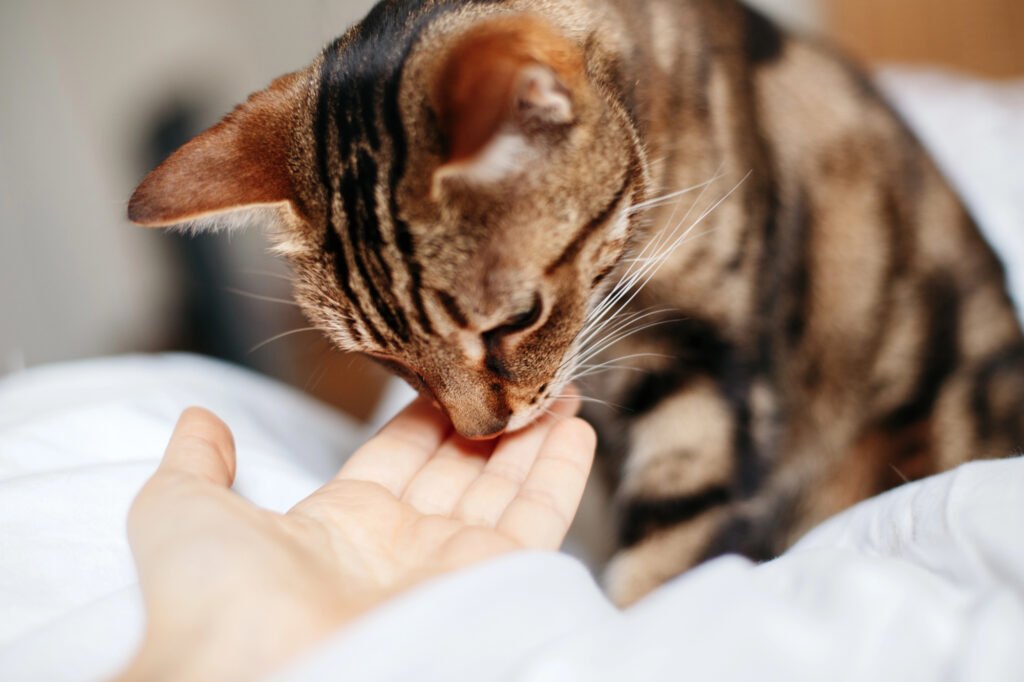
Cats have been kept as companions and pest controllers for thousands of years. Their skill in hunting mice and rats has long been recognized, making them a natural choice for controlling pest populations in human settlements. Historically, their presence in cities was welcomed, particularly when rats threatened food supplies and spread disease.
Understanding Urban Rodent Challenges

Urban environments are teeming with rodents attracted to readily available food waste and shelter. Rats and mice not only damage infrastructure but also pose health risks to human populations. Controlling these pests is a significant concern for city dwellers and municipal governments.
The Instinctual Hunting Behavior of Cats

Cats possess strong predatory instincts. Their sharp senses, agility, and patience make them adept hunters, particularly of small mammals like rodents. Even well-fed cats retain these hunting instincts, contributing to rodent control efforts in cities despite having no immediate need for nutrition.
Cats as a Non-Invasive Pest Control Method

Unlike chemical rodenticides, cats provide a non-toxic method of pest control. They help manage rodent populations without the environmental and health risks associated with poisons, making them an attractive option for those concerned about ecosystem balance and public safety.
Community Cats and Trap-Neuter-Return (TNR) Programs
Many cities implement Trap-Neuter-Return programs to manage feral cat populations humanely. These programs help maintain stable cat colonies that, in turn, keep rodent numbers in check. TNR programs also support local ecosystems by controlling cat population growth and enhancing the welfare of these animals.
The Balance of Ecosystem Dynamics
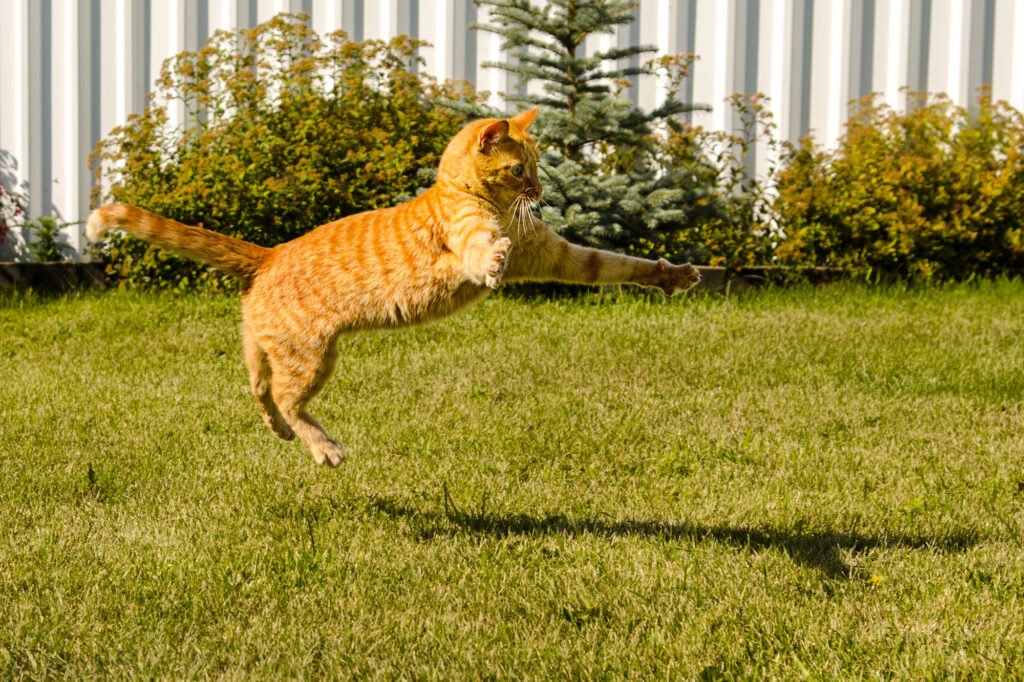
While cats can help control rodent populations, their impact on other wildlife, including birds and small mammals, should not be overlooked. Finding a balance between utilizing cats for pest control and preserving urban biodiversity remains a critical concern for ecologists.
Case Studies: Successful Urban Cat Programs
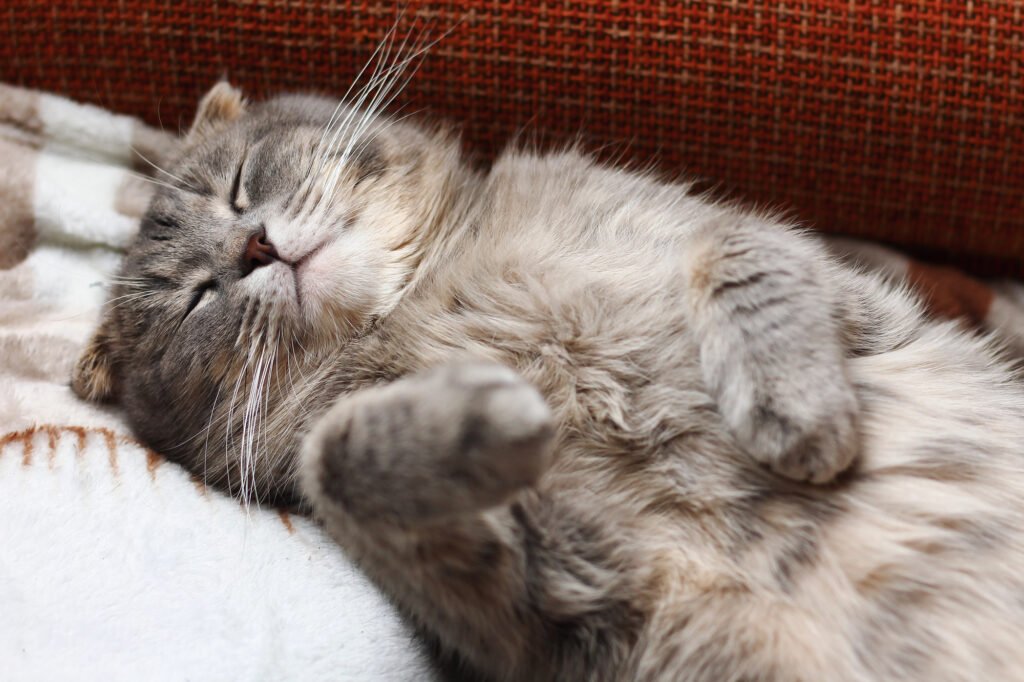
Several cities have successfully harnessed the rodent-controlling abilities of cats. For instance, Los Angeles’ Working Cats program places sterilized, vaccinated cats in areas with high rodent activity. Such initiatives demonstrate how cats can be integrated into urban pest management strategies while respecting animal welfare.
Challenges and Considerations

Implementing cat-based rodent control comes with challenges. Ensuring the health and welfare of urban cat populations, mitigating their potential impact on native wildlife, and fostering community acceptance are all necessary considerations. Public education and collaboration with animal welfare organizations are essential components of effective strategies.
Future Directions and Research
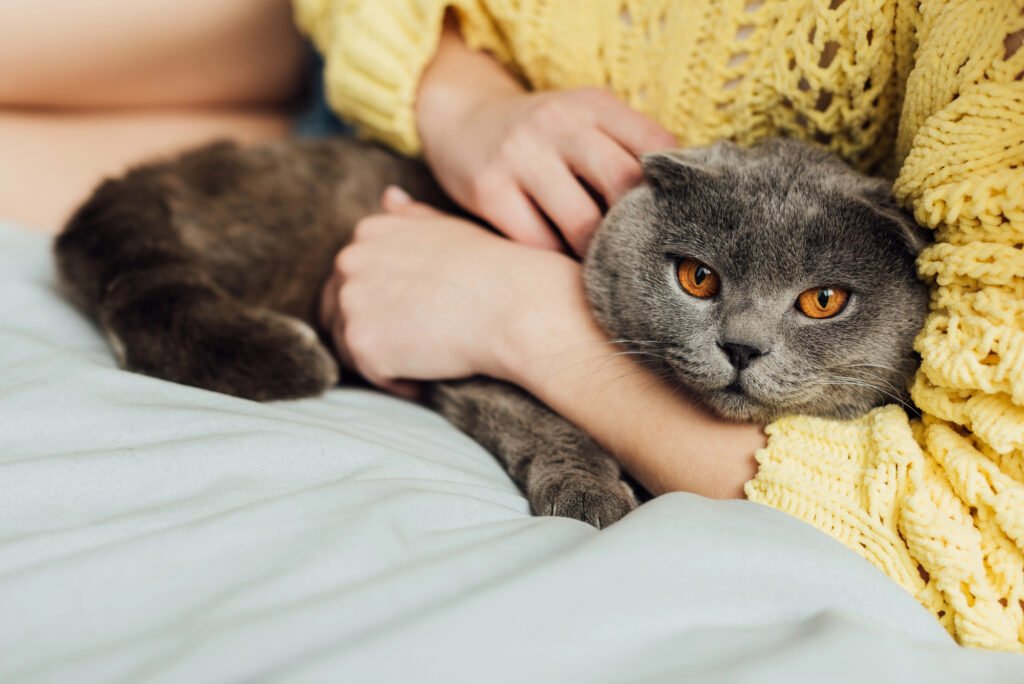
Future research could further investigate the effectiveness of cats in controlling rodent populations and explore innovative solutions that balance ecological preservation with practical urban pest management. Continuing to study the environmental impacts of urban cats will provide valuable insights for ecologists and urban planners.
Conclusion: Cats as Silent Partners in Urban Pest Control
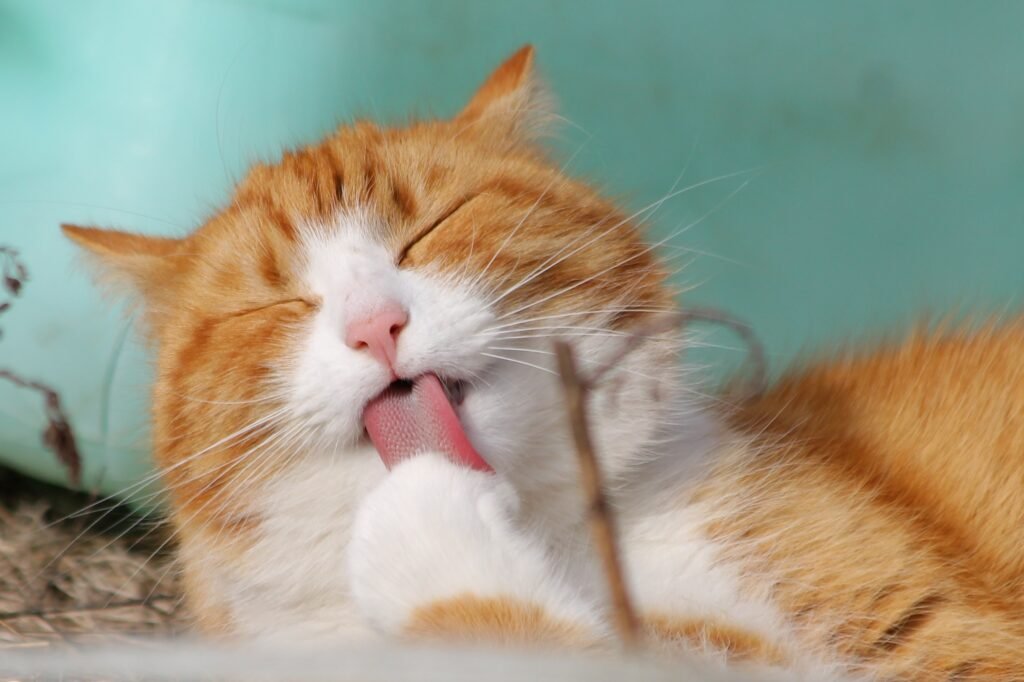
Cats play an intricate role in managing rodent populations in urban settings. While they offer a natural method of pest control, it is essential to approach their use with careful consideration of overall ecosystem health and animal welfare. By understanding and respecting their role, cities can leverage these feline hunters as silent partners in maintaining urban harmony.






